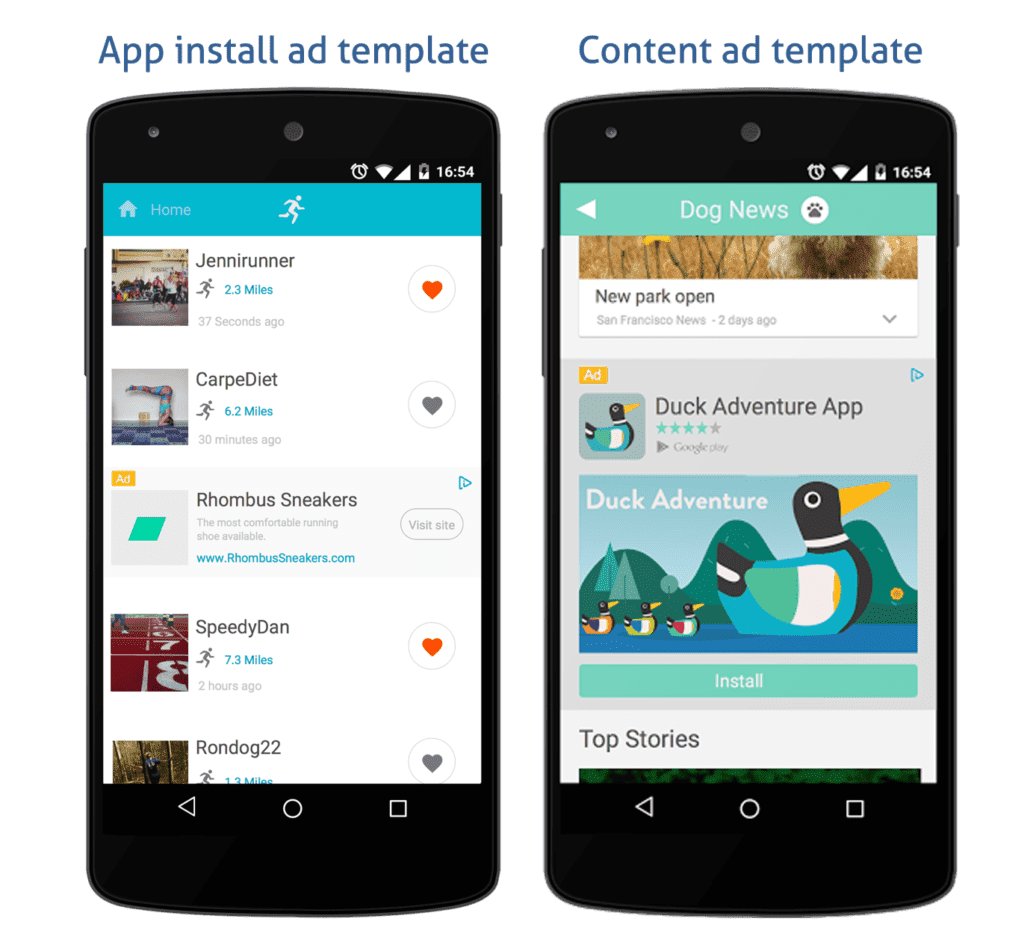You’ve probably clicked on a few native ads before and never even realized it. Native advertising are those sneaky ads that flawlessly blend in with editorial content and social media feeds. They take on the look and feel of a website—the fonts, the link colors, all of it—and entice you with engaging headlines and content that correlates to the rest of the content you’re viewing.
In short, it’s an ad that doesn’t look at all like an ad.
So, what’s the deal with Native Advertising?
First, we’d like to point out that native advertising is not necessarily breaking the mold– it’s on the rise in a huge way, but it’s modeled after tried-and-true print advertorials (remember those?). Its purpose is to wedge ad content in a seemingly innocent editorial format.
Native advertising has been done before and now the industry is doing it again and going bigger than ever. In fact, it’s predicted that native ads will make up a whopping 63 percent of display ads by 2020. That’s $53 BILLION dollars’ worth!
On Google’s platform, the ad would be created on their Ad Exchange, which uses the following two native ad templates:
Although native ads on Google is still a beta feature, it’s still something interesting to look into.
Here’s why some advertisers are ditching traditional banner ads and display ads for native advertising:
- Native ads offer a clever way to get around ad blockers.
Ad blockers are on the rise; one of the hottest topics in advertising is how to get around them. The root of the problem? Most people don’t like ads—they find them annoying and intrusive.
Many experts have stepped forth to challenge the digital advertising industry to get more creative with their ads. Delivering ads that are amusing, interesting and informative means that both sides of the table can get value from them.
- Native ads result in better ROI.
A study by Facebook found a 20 to 60 percent increase in engagement with a native ad versus regular ‘ole banner ads. The increased levels of engagement are seen across both clicks and sharing.It’s proof that when ads provide valuable or fun information to consumers, they’re going to enjoy it and want to share it with others. - Native ads play well with mobile.
Native ads tend to be more flexible versus their rigid, boxy banner ad counterparts. This flexibility in design helps native ads fit in well with mobile devices. Their ability to blend with surrounding content allows them to drive more engagement and value than other ad types.
Best practices for your native advertising strategy
If you’re looking to launch, or refine, your native advertising strategy, don’t forget these three must-haves.
- Let the audience drive the content.
Honing in on what your target audience cares about, and where they’ll be reading the content, is more critical than ever. This is a delicate teeter totter of driving home your unique brand messaging (you don’t want to completely swerve from your brand voice), and visually blending into publishers’ sites. Think about what type of content the audience will expect to read. If it’s a healthcare publication and you’re placing a native ad with a recipe for crispy, delicious, oily garlic fries, then that’s probably not a great match. But we’re salivating just thinking about it. - Hold off on getting overly promotional.
Native advertising isn’t the time to be “Me! Me! Me!”— it’s a huge shift to hold back on placing your product or services front and center. Stop fixating your attention on sales and instead focus on how you can help viewers with interesting content.
Another tactic: study some examples of native ads done right to gather inspiration. - Get to know your ad format options.
Native advertising offers a whole buffet of ad styles, from recommendation widgets to promoted listings. Check out IAB’s list in their Native Advertising Playbook
Native advertising is reinventing the way consumers interact with ads and challenging advertisers to step up their game. Are you ready?
